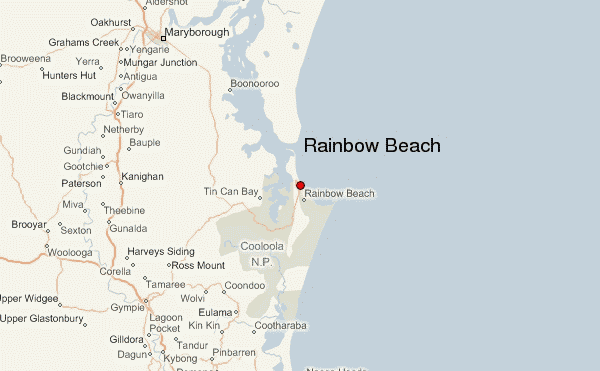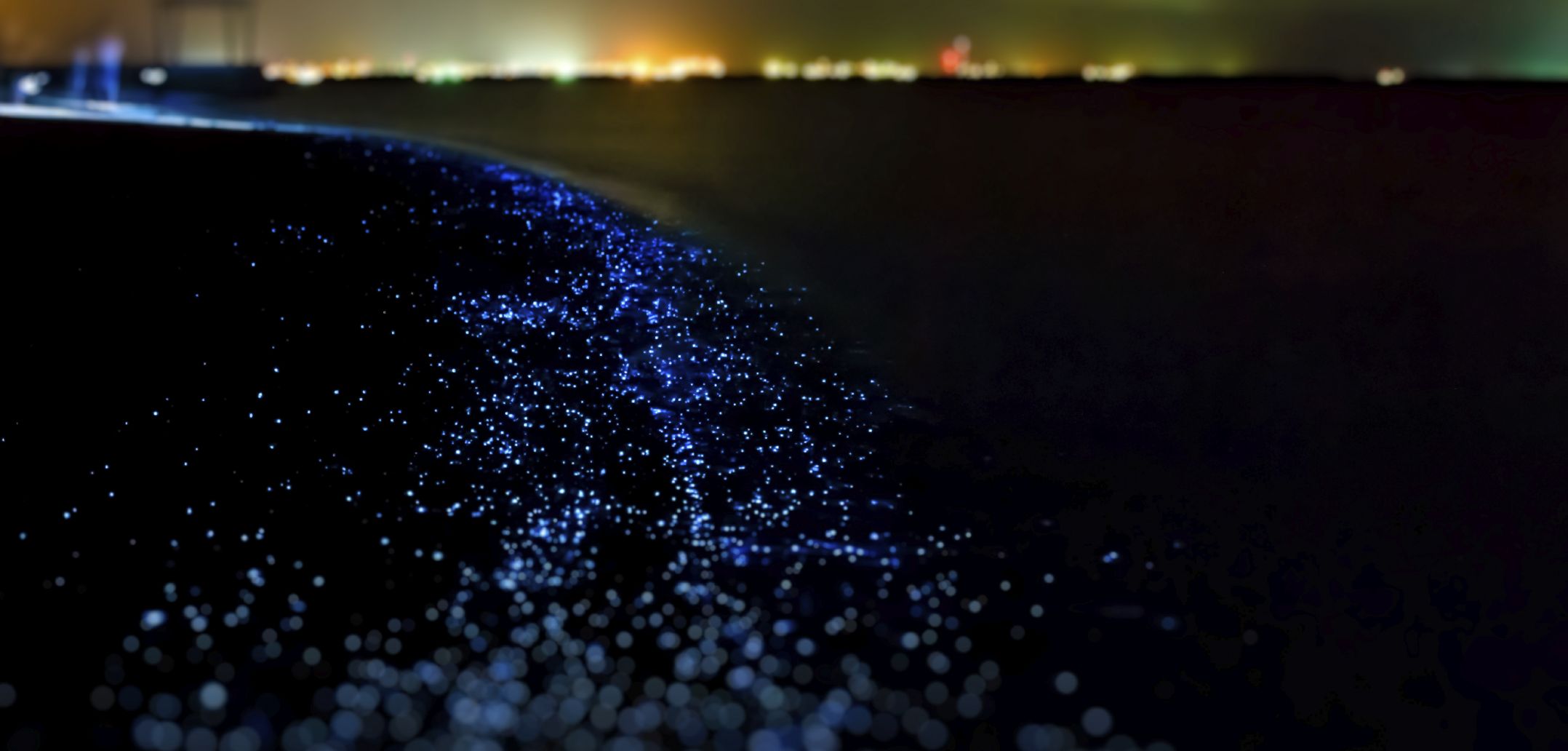

The first, emitting the blue-green light, is bioluminescence and appears when the jelly is touched or disturbed in the water. These dinoflagellates emit their colors in two ways. Tons of amazing tours operate that will let you kayak yourself out on these waters at night. Unlike other locations where bioluminescent creatures come during warmer months, Merritt Island, in the Indian River Lagoon plays host to bioluminescent Comb Jellies (not jellyfish) from October to May, setting the water alight with their green and sometimes even rainbow lights. The only catch is… these trips leave at 3AM.įlorida’s rainy season brings about these glowing comb jellies that glow both blue AND rainbow as they swim. Hotaru Ika Museum is a great place to start (being the only firefly squid museum in the world, for one), and they also conduct boat tours from March-May. Osamu Inamura, who is the director of the Uozu Aquarium in Uozu City (where you can view firefly squid), recommends April for prime viewing. In spring from March-June, Toyama Bay overflows with millions of glowing small firefly squid who emerge from their normal depths to attract small fish near the surface of the water with their blue light. For more information, researcher Kunihiko Otsuki gives an overview of the other little glowing spots of Japan here. It’s hypothesized that these mushrooms glow to attract insects to spread their spores. Hachijo Island is also home to seven different bioluminescent mushrooms (known to locals as hato-no-hi, or “pigeon fire”) which also glow in the rainy season, from May to September. Japan’s many islands are great for viewing not only bioluminescent animals, but also fungal life forms! The mountain trails of Shikoku are lined with glowing mushrooms come rainy season. If you keep up with all that is viral, it’s likely you’ve come across these pictures of the ‘Sea of Stars’.Toyama Bay is home to millions of glowing Watasenia scintillans squid, viewable in the wee hours of March through June. If you ever want to travel and explore beautiful sceneries across the globe, you should check out this breath-taking act of nature, called the Vaadhoo. A Sea of Sand and Stars has an excellent Gulf Beaches location close to Island shops, restaurants, nightlife and the St. George Island Lighthouse Museum The exterior of this property features private boardwalk, outdoor shower and park-style grill.īio luminescence in the waters of Maldives is nothing new. A covered entryway provides access to the first floor, featuring a South king master bedroom with flat screen TV, jetted tub and private deck overlooking the sea. These are phytoplankton in the water reacting to disturbance.

I f you keep up with all that is viral, it’s likely you’ve come across these pictures of the ‘Sea of Stars’.īioluminescence in the waters of Maldives is nothing new. All you have to do is trail your fingers through the water at night, and you’ll see a bluish glitter. These are phytoplankton in the water reacting to disturbance.īut glittery phytoplankton takes a backstage in the phenomenon now famous as the Sea of Stars. The ‘Sea of Stars’ got famous because it lasts longer, and thus, shows up clearly on long-exposure photography. It lasts longer than typical plankton bioluminescence because these shoreline light shows are held by creatures called ostracod crustaceans.

Sea Star Festival takes place every May at the beautiful beach of Stella Maris resort, Umag Croatia. They’re tiny cousins of crabs and shrimps. Breathtaking sunsets combined with the turquoise water of the lagoon make Stella Maris the perfect spot for opening your festival summer while making lifelong memories with your friends View Map. When disturbed, they can glow up to a minute. You can spot this phenomenon at various islands in the Maldives. But the most famous location for sightings is Vaadoo Island in Raa Atoll. Discover 10 fun facts about the Sea Stars 1. Weve teamed up with Vineyard Vines for an elegant, vibrant collaboration. The phenomenon can be seen in varying intensities year-round. Starfish use filtered sea water to pump nutrients through their nervous system. There’s just no telling when these little guys start lighting up the beach. It simply happens when the number of ostracod crustaceans that wash up ashore increases.


 0 kommentar(er)
0 kommentar(er)
